
How to decrease recidivism for individuals with serious mental illnesses who are released from jails or prisons or discharged from hospitals? Here are several effective mechanisms.

How to decrease recidivism for individuals with serious mental illnesses who are released from jails or prisons or discharged from hospitals? Here are several effective mechanisms.
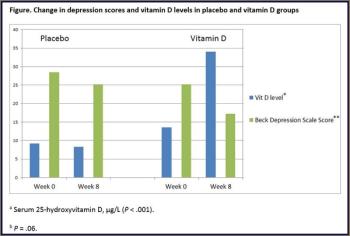
Questions and caveats about dosing remain.
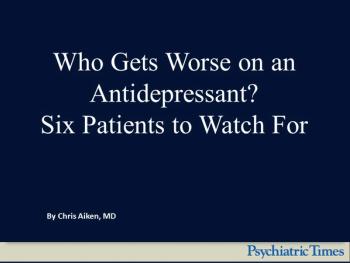
Six patient types to watch for.
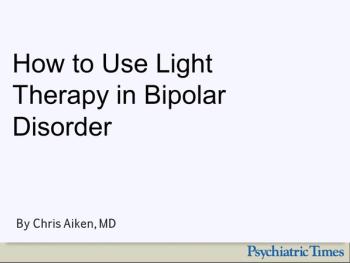
A novel protocol lights the way for a promising treatment for bipolar depression.
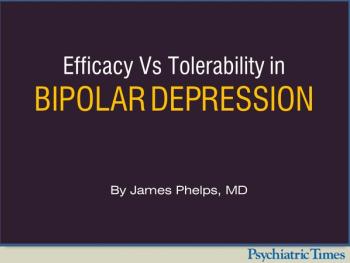
Which is more important, for whom?
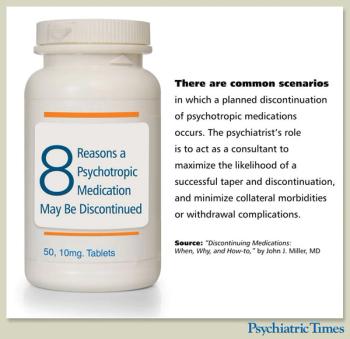
Tips for having a balanced and comprehensive risk-to-benefit discussion with competent patients who want to stop their medications.

We are using 4 different approaches to bipolar diagnosis, according to the author of this commentary.
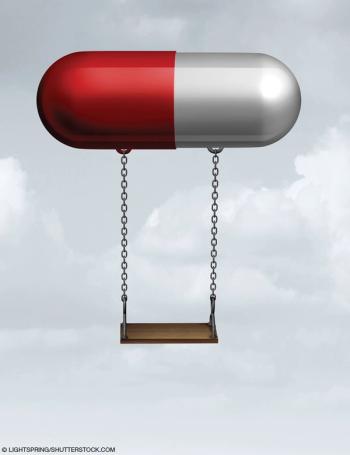
This article focuses on appropriate versus inappropriate use of antipsychotics, the importance of careful assessment, and the consequences of not treating.

Here: a Q&A about diagnostic challenges in the real world; pharmacologic and non-medication options; and management of common adverse events in patients with DSM-5 bipolar and related disorders.
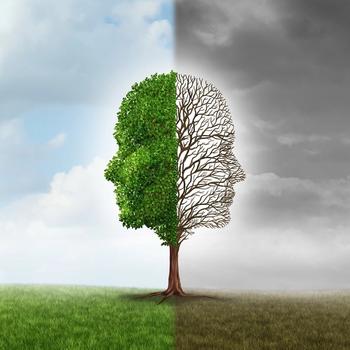
A spectrum approach to diagnosis.
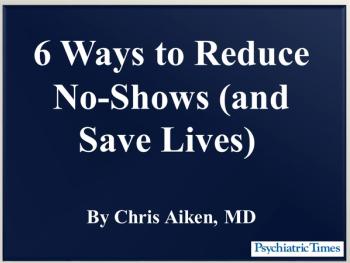
Not just a nuisance, no-shows are an opportunity to turn things around for patients with bipolar disorder, whose treatment adherence hovers around 60%.

A window into what your colleagues actually think and do.

Here: a plethora of treatment options, including mood-lifting stabilizers, non-antidepressants, psychotherapy, and lifestyle interventions.

Do you think you have all the answers? For this quiz, you do.

This treatment is so implausible that scientists first used it as a placebo-before discovering it actually worked.

People with mood disorders (and those who care about them) are likely to experience a healing reconsideration of their own experiences as they read this book.
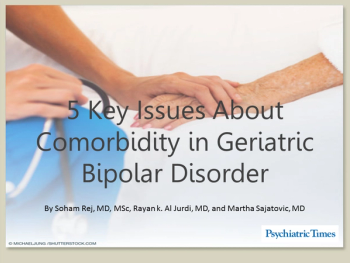
Clinicians need to consider and manage multiple medical and cognitive comorbidities when working with the elderly population. This slideshow provides an overview of key points relevant to geriatric bipolar disorder as it relates to comorbidity.
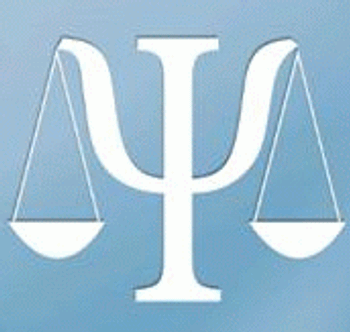
What do sudden cognitive disturbances, disorientation, and cloudiness of consciousness have in common? Take the quiz and learn more.

Because patients who have psychiatric illnesses typically receive less frequent medical care, psychiatrists must aim to ensure appropriate monitoring of metabolic parameters when antipsychotic medications are used.

Helping patients who have significant medical illness as well as mental illness is a challenge, especially when the diagnosis is unclear. Hospital psychiatrists play a critical role in the management of these behaviorally compromised patients.

One of the many facets of bipolar disorder is an energy problem-including at the neuronal level.

Functional remediation therapy addresses the cognitive problems of the nearly 50% of patients who remain impaired even when euthymic.

What is the possibility that the very illness we’re trying to improve is getting worse-with treatment?

A rare glimpse into the bipolar life, where behavioral markers often come in 3’s.

Look how close we are to the ideal: free online bipolar psychotherapy that is as effective as seeing a live therapist.